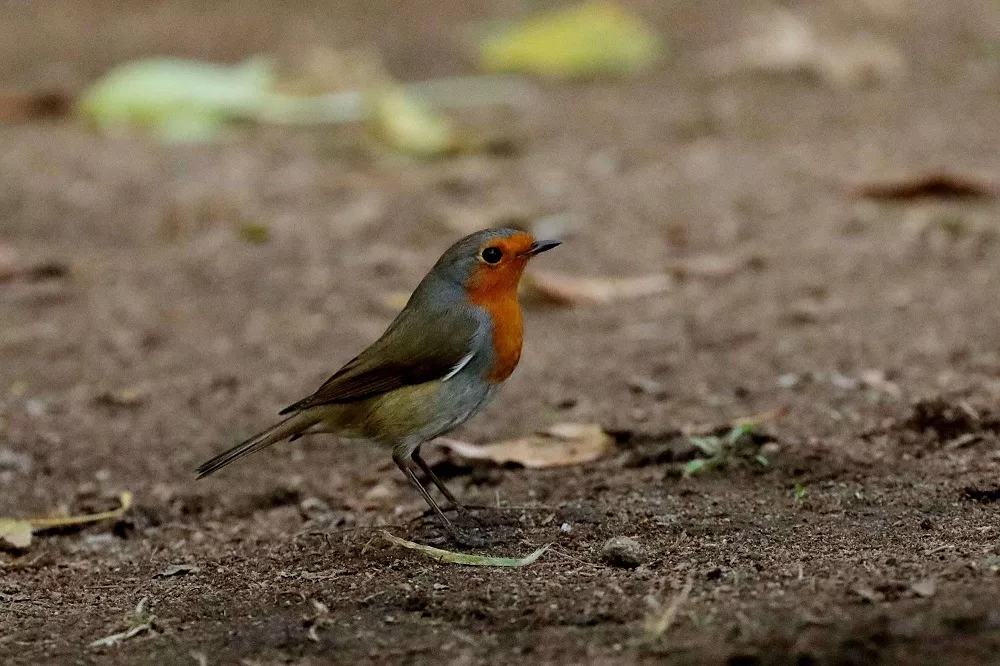England is a country known for its rich history, beautiful landscapes, and deep love for nature. Birds play an important role in England’s wildlife, and many species are admired by the people. But have you ever wondered what the national bird of England is? The answer is the European robin (Erithacus rubecula). This small bird, with its bright red breast and cheerful song, has a special place in the hearts of the English people. In this article, we will explore why the robin was chosen as England’s national bird, its characteristics, cultural significance, and how it compares to national birds of other countries.
What is the National Bird of England?
The European robin was officially recognized as England’s national bird in 2015. However, it had been widely considered the unofficial national bird long before that. The robin won a national vote conducted by ornithologist David Lindo, also known as “The Urban Birder.” Over 200,000 people participated in the vote, and the robin was the clear winner.
Why Was the Robin Chosen?
The robin is a common and much-loved bird in England. There are several reasons why it became the national bird:
1. Familiarity – Robins are found in gardens, parks, and woodlands across England. People see them often, especially during winter.
2. Symbolism – The robin is associated with Christmas and good luck. It appears on holiday cards and decorations, making it a beloved symbol.
3. Friendliness – Robins are known for their bold nature. Unlike many birds that are shy, robins often come close to humans, making them feel connected to nature.
4. Beautiful Song – The robin has a sweet and melodic song that can be heard throughout the year. This makes it a favorite among bird lovers.
5. Historical and Cultural Significance – The robin has been mentioned in English folklore, literature, and poetry for centuries.
Characteristics of the European Robin
The European robin has many unique features that make it easy to recognize:
Size: It is a small bird, about 12.5–14 cm (5–5.5 inches) in length.
Color: It has an orange-red breast and face, with a brownish back and white belly.
Behavior: Robins are territorial and often defend their space aggressively against other birds.
Diet: They eat insects, worms, fruits, and seeds.
Lifespan: A robin usually lives for about 1–2 years in the wild, but some have been known to live longer.
Robins and Christmas: A Special Connection
One of the reasons the robin is loved in England is its connection to Christmas. In the 19th century, British postmen wore red uniforms and were nicknamed “robins.” As a result, the bird became associated with Christmas and began appearing on holiday cards. To this day, robins remain a popular festive symbol in England.
Cultural Importance of the Robin in England
Robins have a special place in English culture. They appear in:
Poetry and Literature – Many famous English poets and writers, such as William Blake and John Keats, have written about robins.
Folklore and Superstitions – Some people believe that robins bring messages from loved ones who have passed away.
Music and Songs – The robin has been mentioned in traditional English songs and nursery rhymes.
How Does the Robin Compare to Other National Birds?
Many countries have national birds that represent their culture and nature. Here’s how the robin compares to some of them:
USA national bird – Bald Eagle: The bald eagle symbolizes strength and freedom, while the robin represents warmth and familiarity.
India national bird – Peacock: The peacock is known for its beauty, while the robin is loved for its friendly nature and sweet song.
France national bird – Gallic Rooster: The rooster is a symbol of courage and pride, whereas the robin represents kindness and charm.
Threats to the Robin and Conservation Efforts
Although robins are common in England, they still face some dangers:
Habitat Loss – Urban development reduces green spaces where robins can nest.
Predators – Cats and larger birds sometimes prey on robins.
Harsh Winters – Cold weather can make it difficult for robins to find food.
To protect robins, people can:
- Provide food in their gardens, especially in winter.
- Avoid using harmful pesticides that kill insects, which are a main food source for robins.
- Plant trees and shrubs to create safe nesting areas.
Conclusion
The European robin is more than just a bird; it is a symbol of England’s nature, culture, and traditions. With its bright red breast, friendly behavior, and beautiful song, the robin has captured the hearts of many. It is no surprise that it was chosen as England’s national bird. By learning about robins and taking steps to protect them, people can help ensure that this cherished bird continues to thrive for generations to come.


 Facebook
Facebook  Instagram
Instagram  Youtube
Youtube 